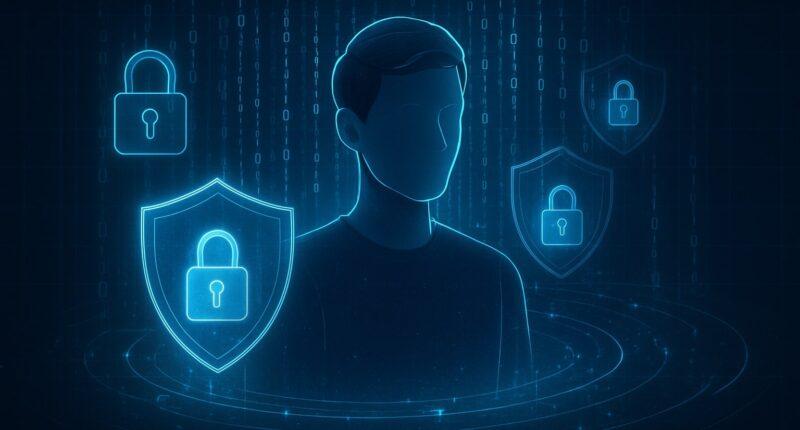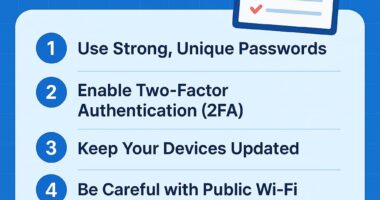In today’s digital world, online privacy is more important than ever. Every click, search, or login can be tracked by companies, hackers, or even malicious software. Protecting your data doesn’t have to be complicated. Here are seven simple steps to secure your digital life and stop digital spies from invading your privacy.
Step 1: Strengthen Your Passwords
Weak passwords are one of the biggest vulnerabilities in online security. Use complex passwords with a mix of letters, numbers, and symbols. Avoid using the same password across multiple sites.
Pro Tip:
Consider using a password manager to generate and safely store unique passwords for every account.
Step 2: Enable Two-Factor Authentication (2FA)
Even the strongest password can be stolen. Adding two-factor authentication provides an extra layer of protection. With 2FA, you’ll need a second verification step—such as a code sent to your phone—before logging in. This makes it much harder for hackers to gain access to your accounts.
Step 3: Update Your Software Regularly
Outdated software is a hacker’s best friend. Updates often fix security flaws that cybercriminals exploit.
Stay Protected By:
-
Enabling automatic updates for your operating system and apps.
-
Regularly checking for firmware updates on your router and devices.
Step 4: Be Smart About Public Wi-Fi
Public Wi-Fi networks are convenient but unsafe. Hackers can intercept your data easily.
Safe Browsing Tips:
-
Avoid logging into sensitive accounts on public Wi-Fi.
-
Use a Virtual Private Network (VPN) to encrypt your connection and hide your online activity.
Step 5: Review App Permissions
Many apps collect unnecessary data—like your location or contacts—without your knowledge.
Take Control:
Go through your phone’s privacy settings and limit permissions only to what’s truly needed. Delete apps you don’t use to reduce exposure.
Step 6: Secure Your Devices
Your smartphone and computer hold valuable personal data.
Protect Them By:
-
Setting up biometric locks or strong PINs.
-
Enabling “Find My Device” features for remote locking and wiping in case of theft.
Step 7: Be Aware of Phishing Scams
Cybercriminals often use fake emails or messages to steal personal data.
Spot the Signs:
-
Look for misspelled email addresses or suspicious links.
-
Never share sensitive information through email or text.
-
When in doubt, contact the company directly using their official website.
Conclusion: Take Back Control of Your Privacy
Online privacy isn’t just for tech experts—it’s for everyone. By following these 7 simple steps, you can dramatically reduce your risk of being spied on and keep your digital life secure. Remember: a few small habits can make a huge difference in protecting your identity, data, and peace of mind.









